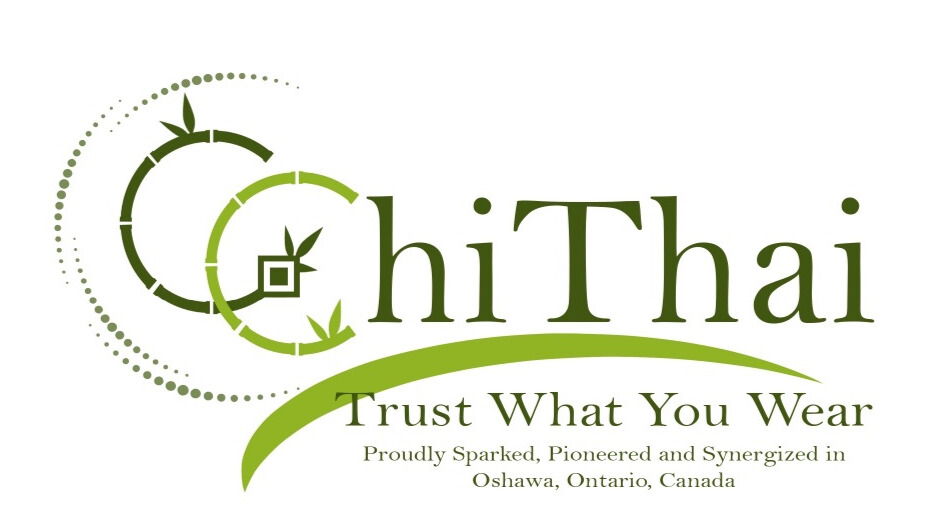Sustainable Fashion
with Traceability
Scan the QR code on your shirt's tag, and get from upstream to downstream processing
Current Issues in Canadian Fashion Supply Chain
In Canada, organizations such as Fashion Revolution Canada, Eco Canada and others are trailblazing and sustaining the efforts by small businesses and individuals to choose eco-friendly materials and commit to ethical business practices. Fashion industry has contributed to 10% of annual global carbon emissions. It uses an enormous amount of 93 billion cubic meters of water enough to meet the consumption needs of five million people. In addition, around 20% of wastewater worldwide comes from fabric dyeing and treatment. Of the total fiber input used for clothing, 87% is incinerated or disposed of in a landfill. A large contributor of the problem is fast fashion, which is mass-produced clothing that is poorly made, cheap in price, and rapidly disposable. From the manufacturing stage to doorstep delivery, the fashion industry creates more greenhouse gas emissions than international flights and maritime shipping combined. Carbon from production is expected to increase by 60% by 2030 to 2.8 billion tons. The amount of imported clothing further causes CO2 emissions increase. According to EY Future Consumer Index Survey, 61% of Canadian consumers will be more conscious on the environmental impact of what they consume. Nonetheless, high price points are a top concern when shopping sustainability, while 64% of respondents intend to focus more on the value they get for their money.
Solution :


contributes to sustainability in fashion by recycling fibre as the main fibre source of the garments, based upon circular fashion concept.
The brand aspires to balance the adverse environmental impact resulting from the fast fashion with its sustainable recycled material, eco-friendly garment processing and acceptable working conditions for workers. There is no or minimal dyeing process; thus, no or minimal toxic materials or the needs of copious volume of water. The QR code contains specific information on the product. ChiThai's product specialist enters the information for each one of the QR codes pertaining to the specific clothing, from fibre to production of finished garments.

's unique IOT technology in the form of a
QR code, sewn into the garment, allows the
consumer to track and trace where and how your clothing came to be.
IOT technology
Enhancing Transparency & Traceability of Fashion Supply Chain
Technological trends surrounding ethical fashion have involved the use of digital ID technologies, which enables tracing of identities for every product enabling transparency from raw materials to end products and beyond. In doing so, this offers consumers the highest standards of visibility, safety, education and authenticity possible, while giving businesses complete control over their supply chains. With technologies such as IoT applications, the industry will benefit from these technologies in ways that improve value to their customers. ChiThai will implement the use of a static QR code which will allow customers to immediately access information pertaining to their specific ChiThai clothing item.
Transparency means ChiThai let the consumers see exactly where and how their clothing is made, from the first stage of material manufacture to the garment making stage; those companies making up ChiThai's supply chain. Consumers can have confidence in ChiThai products by learning the name and contact information of every company in the supply chain; thus making a well-informed purchase decision, contributing to sustainability and environment.

 contributes to sustainability in fashion by recycling fibre as the main fibre source of the garments, based upon circular fashion concept.
The brand aspires to balance the adverse environmental impact resulting from the fast fashion with its sustainable recycled material, eco-friendly garment processing and acceptable working conditions for workers. There is no or minimal dyeing process; thus, no or minimal toxic materials or the needs of copious volume of water. The QR code contains specific information on the product. ChiThai's product specialist enters the information for each one of the QR codes pertaining to the specific clothing, from fibre to production of finished garments.
contributes to sustainability in fashion by recycling fibre as the main fibre source of the garments, based upon circular fashion concept.
The brand aspires to balance the adverse environmental impact resulting from the fast fashion with its sustainable recycled material, eco-friendly garment processing and acceptable working conditions for workers. There is no or minimal dyeing process; thus, no or minimal toxic materials or the needs of copious volume of water. The QR code contains specific information on the product. ChiThai's product specialist enters the information for each one of the QR codes pertaining to the specific clothing, from fibre to production of finished garments.
 's unique IOT technology in the form of a QR code, sewn into the garment, allows the consumer to track and trace where and how your clothing came to be.
's unique IOT technology in the form of a QR code, sewn into the garment, allows the consumer to track and trace where and how your clothing came to be.